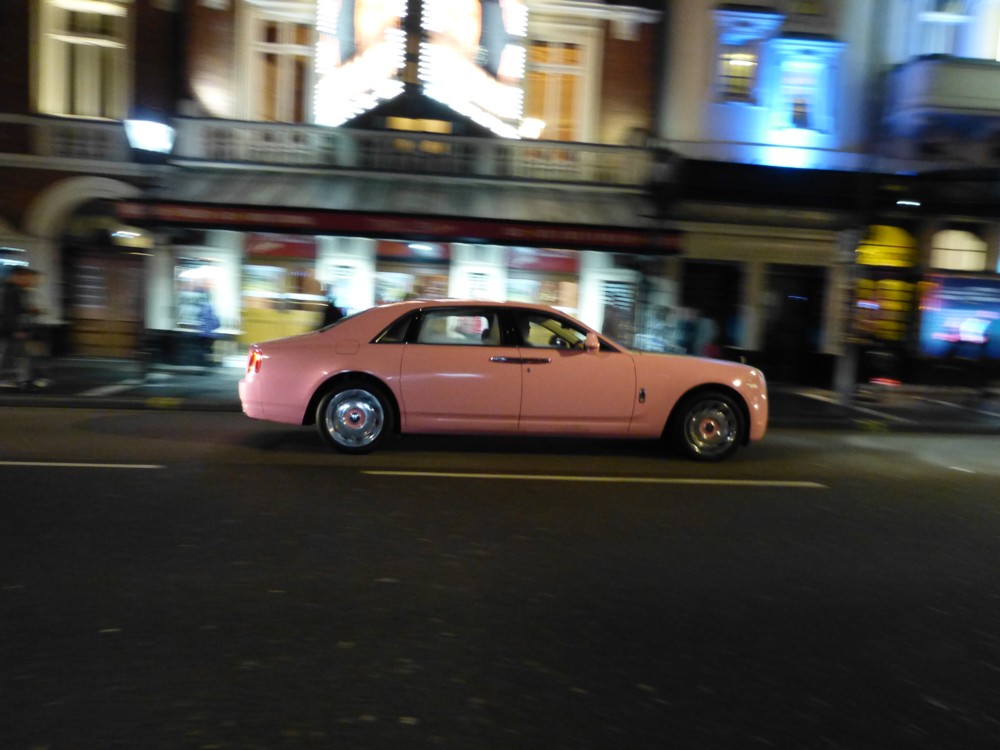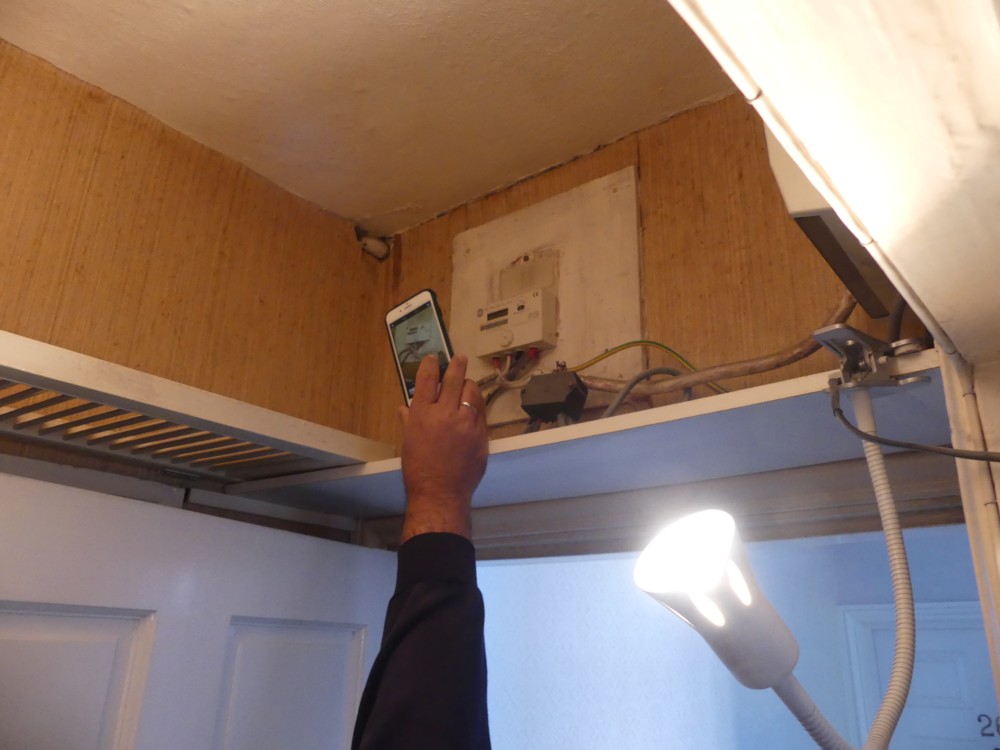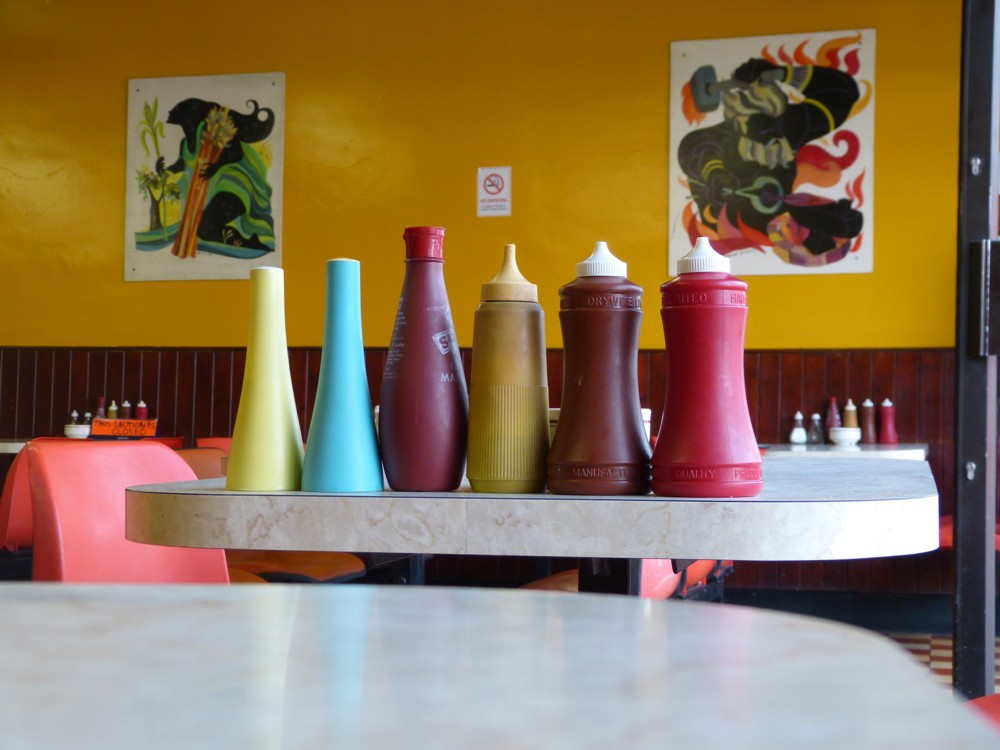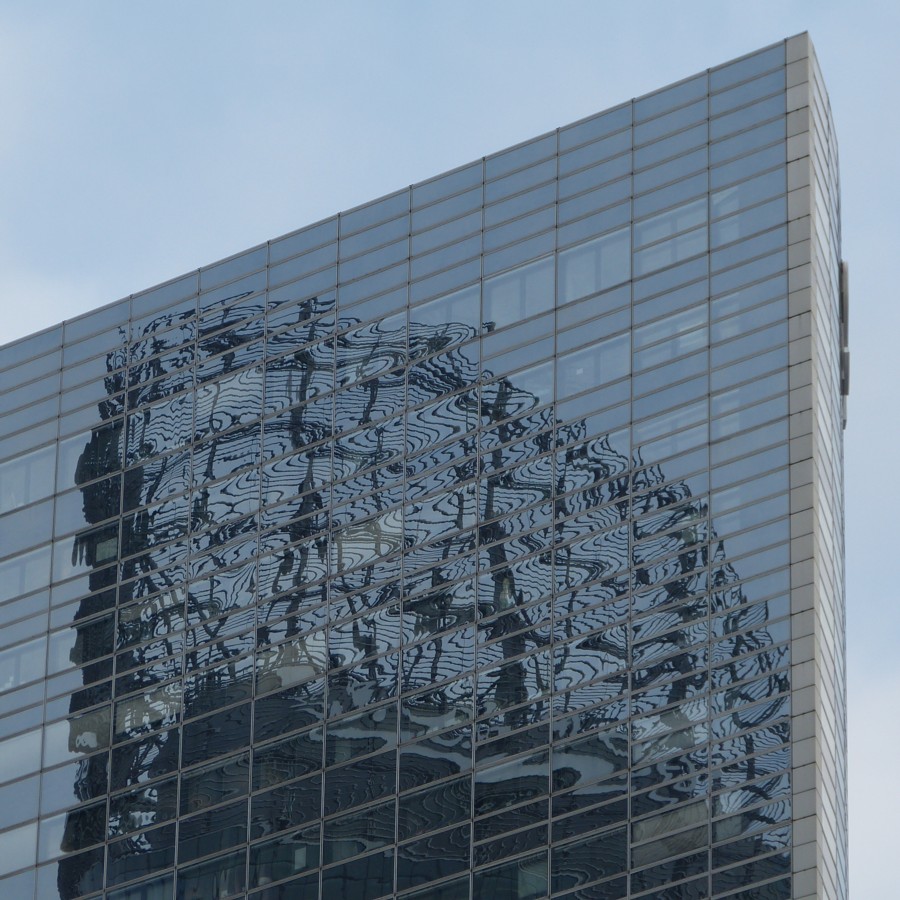A day or two ago I got an email from someone or something selling greetings cards, claiming that my birthday, September 26th, is the most popular birthday there is. Today, which is September 26th, the same email with only small adaptations bombarded me again.
The thing about modern individually targetted advertising – emails, adverts that pop up on your computer screen, that kind of thing – is that you don’t trust them. For instance, what if some know-a-lot computer happens to know that my birthday is September 26th, as many such computers surely do, and thinks that it will get a rise out of me by typing September 26th into its mass-email about what date the most popular birthday is?
So I asked the www, parts of which I do somewhat trust, and according to this Daily Telegraph piece from December 2015, it’s true. The Daily Telegraph these days is not what it was, but for what it is worth, here’s what they said:
A new analysis of 20 years of birth records by the Office for National Statistics shows a dramatic spike in the number of children born in late September, nine months after Christmas. …
Overall September 26 emerges as the most common birthday for people born in England and Wales over the last two decades.
It falls 39 weeks and two days after Christmas Day, meaning that a significant proportion of those born on that day will have been conceived on Christmas itself.
I don’t know how popular September 26th was as a birthday way back when I was biologically launched. I’ve always thought of my parents as pretty straight-laced and careful about things like when to have children. But, did they just get pissed on Christmas Day 1946 and start me up by mistake? Maybe so. (Maybe they got pissed carefully.)
Anyway, whatever, happy birthday me.







